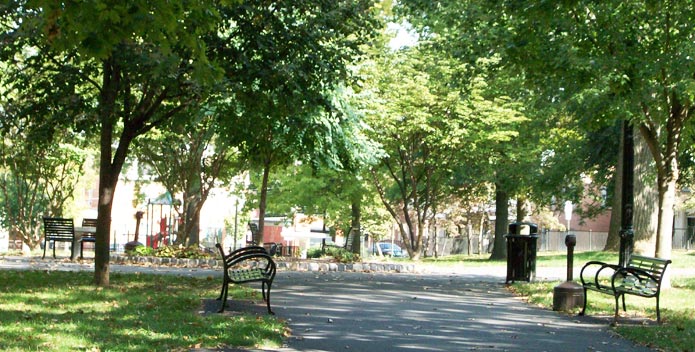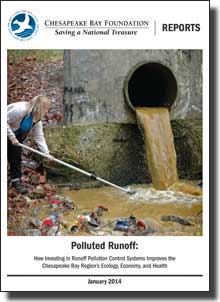Home to about 60,000 residents, Lancaster is one of the oldest inland cities in this country and one of hundreds with an aging combined sewer system. These systems collect and transport both sewage and stormwater from downspouts, streets, sidewalks, parking lots, and other "hard" surfaces common in urban areas. Lancaster's system can manage the volume of wastewater 85 percent of the time, but intense rainstorms overwhelm the system. On average each year about one billion gallons of sewage and stormwater overflow pollute nearby streams, the Susquehanna River, and ultimately the Bay.
Residents, businesses, local officials, and nonprofits have joined together to solve this problem.
To begin, Lancaster upgraded its "gray infrastructure"—the pipes, pumps, and treatment equipment, which deal directly with the combined sewage and stormwater—and thus increased the capacity of the entire system. In fact, Lancaster constructed the first wastewater treatment system in Pennsylvania to meet new nutrient-removal requirements, investing more than $18 million in upgrades during the past 12 years.
Additionally, the city has invested innovatively in "green infrastructure"—a suite of efforts that reduce the volume of polluted runoff entering the sewer system. For example, the city has identified approximately 20 blocks of streets that are scheduled for repair. Rather than using traditional construction materials, Lancaster will use porous pavement through which water can seep. Over the next 25 years, some 450 blocks will be developed similarly. Lancaster proposes to retrofit 26 of the city's 30 parks to manage water runoff. Porous basketball courts, parking lots, and gardens that collect and absorb stormwater will slow and reduce runoff from adjacent roadways. Lancaster is also increasing tree cover significantly—even using volunteers to plant trees—and encouraging green roofs and rain barrels to reduce the amount of stormwater needing treatment.
As a result of the focus on green infrastructure, Lancaster estimates average annual reductions of 182 million gallons of stormwater, 252,000 pounds of suspended solids, 4,800 pounds of total phosphorus, and 10,700 pounds of nitrogen in the first five years of the program.
And the icing on the cake is that the cost of green infrastructure is significantly less than upgrading gray infrastructure.
The City of Lancaster is becoming a model of successful pollution reduction.
Learn more about Lancaster's urban greening initiative.
Read EPA's report The Economic Benefits of Green Infrastructure: A Case Study of Lancaster, PA




